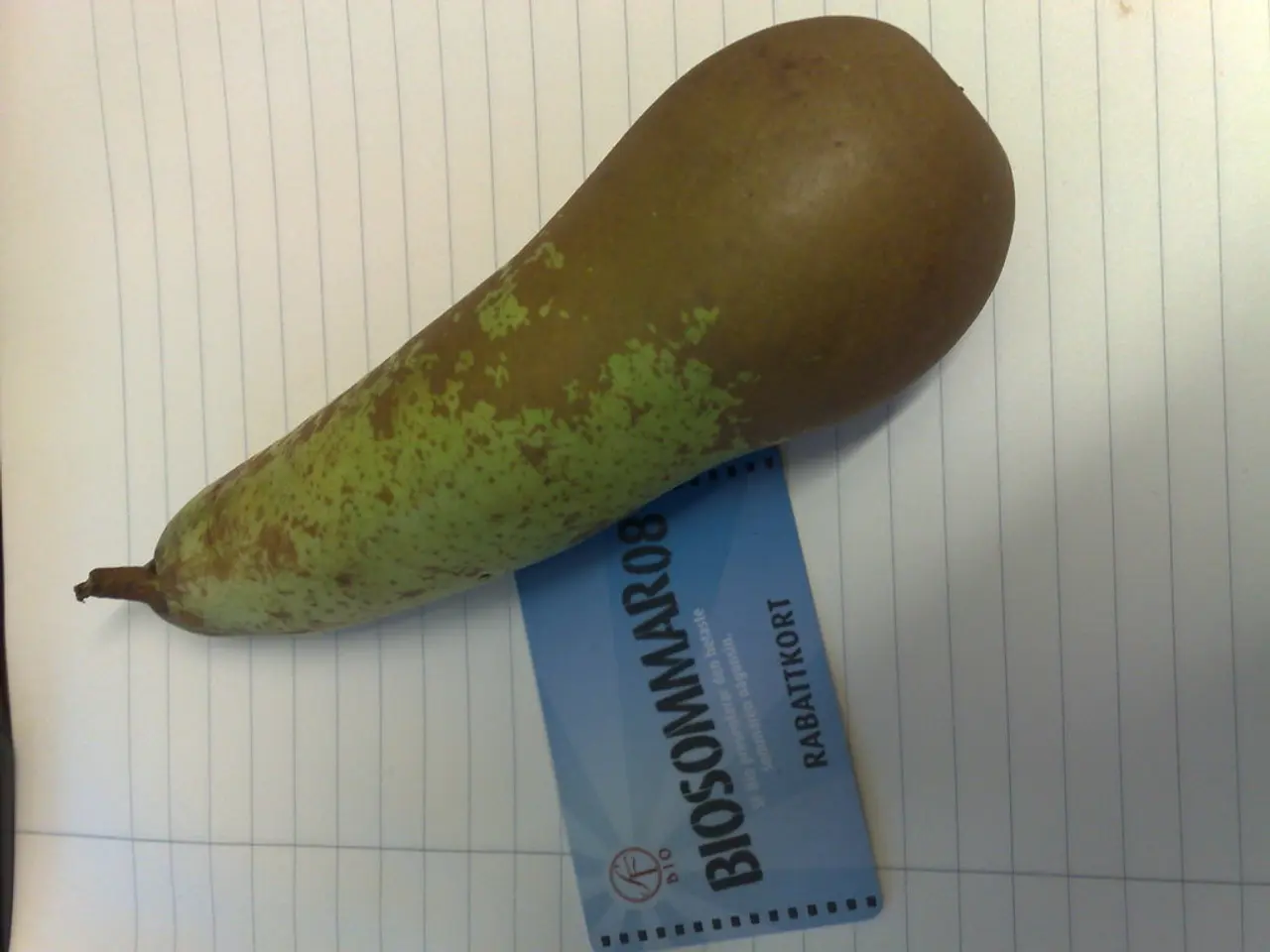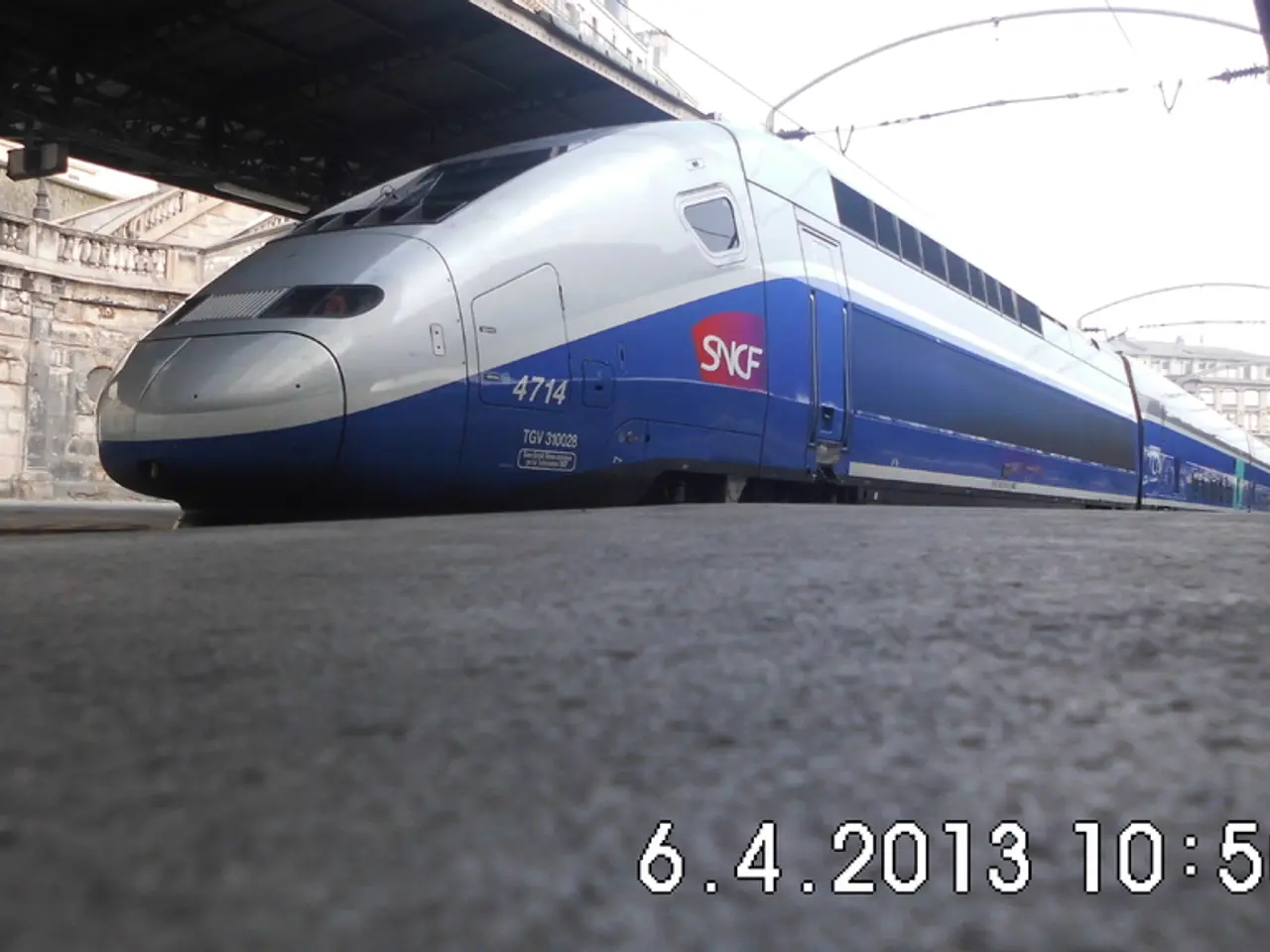Guide on Building a Blockchain: A Step-by-Step Process
## Exploring the World of Blockchain: A Beginner's Guide in Go
Dive into the fascinating world of blockchain technology with this easy-to-follow guide, designed for beginners who want to learn the fundamentals of blockchain while mastering the Go programming language.
### Key Components
- **Blockchain**: A decentralized, immutable digital ledger, composed of blocks, each containing data, a cryptographic hash of the previous block, and a timestamp. - **Go**: A statically typed, compiled language, known for its simplicity and performance, popular in backend and networking applications, including blockchain projects like Hyperledger Fabric and Geth.
### Step-by-Step Guide
#### 1. Prepare Your Go Environment
Ensure you have Go installed and your `GOPATH` configured. Create a new project directory and initialize it as a Go module.
```bash mkdir go-blockchain cd go-blockchain go mod init github.com/yourusername/go-blockchain ```
#### 2. Define the Block Structure
Create two files: `main.go` and `block.go`.
**Folder Structure** ``` go-blockchain/ main.go block.go ```
**block.go** ```go package main
import ( "crypto/sha256" "encoding/hex" "fmt" "time" )
type Block struct { Index int Timestamp string Data string Hash string PrevHash string }
func CalculateHash(index int, timestamp, data, prevHash string) string { hash := sha256.New() hash.Write([]byte(fmt.Sprintf("%d%s%s%s", index, timestamp, data, prevHash))) return hex.EncodeToString(hash.Sum(nil)) }
func CreateBlock(prevBlock Block, data string) Block { newIndex := prevBlock.Index + 1 newTimestamp := time.Now().String() newHash := CalculateHash(newIndex, newTimestamp, data, prevBlock.Hash) return Block{ Index: newIndex, Timestamp: newTimestamp, Data: data, Hash: newHash, PrevHash: prevBlock.Hash, } } ``` This code defines a basic `Block` struct and functions to calculate the block's hash and create a new block linked to the previous one.
#### 3. Chain the Blocks
In `main.go`, initialize the blockchain with a genesis block and add new blocks.
**main.go** ```go package main
import "fmt"
func main() { // Genesis block genesisBlock := Block{ Index: 0, Timestamp: time.Now().String(), Data: "Genesis Block", Hash: "", PrevHash: "", } genesisBlock.Hash = CalculateHash(genesisBlock.Index, genesisBlock.Timestamp, genesisBlock.Data, genesisBlock.PrevHash)
// Example: Add a new block block1 := CreateBlock(genesisBlock, "Transaction Data") fmt.Printf("Block #%d\nHash: %s\nData: %s\nPrevHash: %s\n", block1.Index, block1.Hash, block1.Data, block1.PrevHash) } ``` This creates a simple blockchain where each new block is linked to the previous block via its hash.
#### 4. Extend Functionality (Optional)
To make your blockchain more realistic, consider adding: - **Proof of Work**: A simple mining mechanism to secure the chain. - **Peer-to-peer networking**: Allow nodes to communicate and synchronize the blockchain. - **Consensus**: Implement basic consensus rules for adding valid blocks.
### Connecting to Existing Blockchains
If you want to interact with a live blockchain like Ethereum, you can use the `go-ethereum` library to connect to a node and fetch data.
```go package main
import ( "context" "fmt" "log" "github.com/ethereum/go-ethereum/ethclient" )
func main() { client, err := ethereum.Dial("ADD_YOUR_ETHEREUM_NODE_URL") if err != nil { log.Fatalf("Failed to connect: %v", err) } fmt.Println("Successfully connected to Ethereum Network")
header, err := client.HeaderByNumber(context.Background(), nil) if err != nil { log.Fatal(err) } fmt.Println("Latest block number:", header.Number.String()) } ``` Replace `ADD_YOUR_ETHEREUM_NODE_URL` with your node’s endpoint.
### Language Considerations
- **Go** is suitable for beginners due to its simplicity and strong community support. It's widely used in blockchain for backend services and infrastructure. - For more advanced, performance-critical blockchain development, **Rust** is also popular, but it has a steeper learning curve.
### Next Steps
- **Experiment**: Modify your blockchain to include transactions, digital signatures, and basic consensus. - **Explore Libraries**: Look into `go-ethereum` for Ethereum development or Hyperledger Fabric for permissioned blockchains. - **Join Communities**: Engage with the Go and blockchain developer communities for support and advanced tutorials.
### Summary Table
| Step | Description | Go Example | |-------------------------|----------------------------------------------------------|-------------------------------------| | Block Structure | Define data and hash linking | `Block` struct, `CalculateHash` | | Blockchain Creation | Chain blocks together | `CreateBlock`, genesis block | | Extend Functionality | Add mining, networking, consensus | Custom logic | | Connect to Live Chain | Use `go-ethereum` to interact with Ethereum | `ethclient.Dial`, `HeaderByNumber` |
By following these steps, a beginner can build a functional, educational blockchain in Go and gradually expand its features as skills develop.
- Blockchain offers swift identification and resolution of bad actors due to its decentralized nature. - Benefits of blockchain include increased decentralization, stronger security, greater transparency, improved efficiency, and broader access. - Blockchain employs smart contracts to verify agreements and automate financial transactions. - The blockchain ecosystem encompasses concepts like cryptographic hash and digital signature, immutable ledger, P2P network, consensus algorithm (PoW, PoS, PBFT, etc.), and block validation (Mining, Forging, etc.). - A blockchain consists of a chain of blocks, each containing information such as transactions, nonce, target bit, difficulty, timestamp, previous block hash, current block hash, Merkle tree, and block ID. - Blockchain eliminates the need for a centralized authority, fosters a community approach, and empowers users with more control. - Blocks in a blockchain are cryptographically verified and linked up to form an immutable chain called a blockchain or a ledger. - The data stored in a blockchain is immutable (proof of existence). - Bitcoin supports the Bitcoin cryptocurrency and uses crypto mining to verify transactions. - A blockchain is a secure, trusted, decentralized database and network. - Blockchain is resistant to cyber attacks like distributed denial-of-service attacks due to its decentralized nature. - Corda is another open-source platform that addresses the needs of financial institutions. - Blockchain replaces mountains of paperwork with digitized transactions. - Ethereum was the first platform to utilize smart contracts and recently transitioned to a proof-of-stake mechanism. - EOS is renowned for its user-friendliness and is used to build and maintain high-performing decentralized applications. - Hyperledger Fabric is an open-source platform that supports private transactions and can be tailored to various enterprise applications. - Cardano is based on peer-reviewed research and uses a proof-of-stake approach, providing a secure and sustainable option for blockchain users. - Blockchain can be utilized in various sectors, including real estate, healthcare, finance, supply chain, cybersecurity, government, education, retail, marketing, and music. - Blockchain transcends geographic boundaries and provides broader audiences with access to financial opportunities, eliminating the need to be near a financial hub. - Each transaction on a blockchain is stamped with the date and time, making it easier to track actions and providing more transparency for all users. - Blockchain data is distributed to all nodes (computers or miners) across the network via a P2P network. - Blockchain data cannot be denied by its owner, ensuring non-repudiation.
Building a blockchain application calls for solid understanding of both finance and technology. As you progress through this guide, you'll learn how to create a blockchain using the Go programming language, which is widely used in finance and networking applications like blockchain projects due to its simplicity and performance.
Moreover, to enhance the security and decentralization of your blockchain, it's worth considering the implementation of popular blockchain concepts such as Proof of Work or Peer-to-peer networking. These technologies, though not natively supported by the Go language, can be integrated with your blockchain to create a robust system in line with industry standards.




